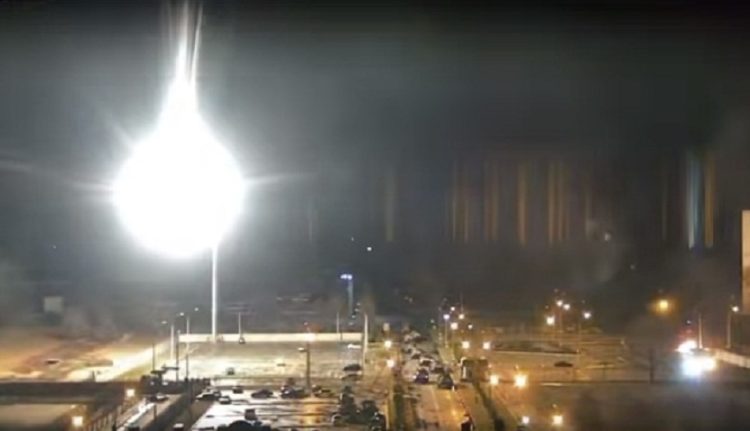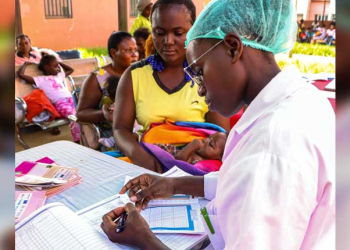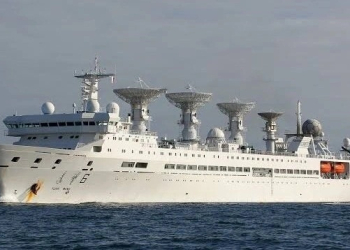New Delhi: The clashes at the Zaporizhzhya nuclear power plant could have occurred due to the storage of documentation there, which relates to promising work on the creation of nuclear weapons by Ukraine, a Russian official told RIA Novosti.
According to the interlocutor, Ukraine partially destroyed, partially removed the main body of documents on this topic from Kiev and Kharkiv to Lviv.
“There was also certain documentation at the Zaporozhye nuclear power plant. The clashes with Ukrainian sabotage and reconnaissance groups in the administrative premises adjacent to the nuclear power plant were, apparently, connected precisely with this,” RT quoted the representative as saying to RIA Novosti.
According to him, the documentation may be in the National University “Lviv Polytechnic”.
The words of Ukrainian President Volodymyr Zelensky in Munich about claims to the nuclear status of Ukraine were not accidental, said the representative.
According to him, this could become a reality in the near future.
“Immediately after joining the Treaty on the Non-Proliferation of Nuclear Weapons as a non-nuclear state in 1994, Ukraine began to carry out R&D in order to form a technological basis for the possible creation of its own nuclear weapons,” the interlocutor said.
These works gained increasing activity in 2014, the source emphasized. He added that this happened “on the tacit order of Petro Poroshenko”, who then served as President, RT reported.
“The data available in the SVR indicate that R&D to create a nuclear explosive device, which could later be used in the design of nuclear warheads, was carried out both in uranium and plutonium directions. The scientific community of Ukraine has sufficient competencies to create a device of both an implosive and a cannon type,” the interlocutor added.
At the same time, Kiev could covertly acquire technology from the West for centrifuge enrichment of uranium and laser isotope separation, he said.
Thus, in Ukraine, “significant results” were achieved in the field of modelling nuclear chain reactions, the separation of isotopes of fissile materials and in the study and metallurgy of nuclear materials, the official added.
(IANS)



















